![]() 27 Nov 2023
27 Nov 2023
Earth’s interior is a realm of immense complexity and mystery, hidden beneath its solid surface. It comprises several distinct layers, each with unique properties and characteristics, shaping the planet’s geology and the processes occurring within it. Understanding Earth’s interior is crucial for deciphering geological phenomena, earthquakes, volcanoes, and the planet’s overall structure.
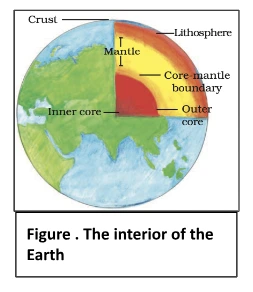
The Earth’s interior is organised into layers, each with distinct properties and characteristics.
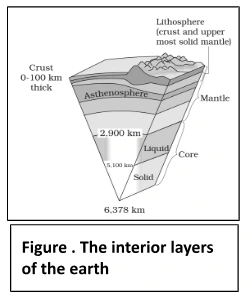
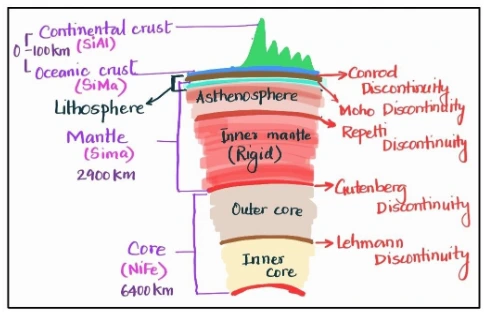
Surprising Facts About Our Planet
|
Earth’s crust contains diverse rocks, defined as any natural mineral matter constituting the earth’s crust.
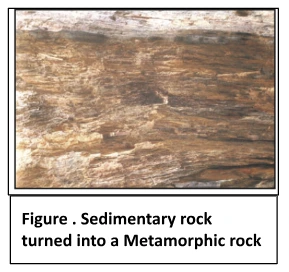
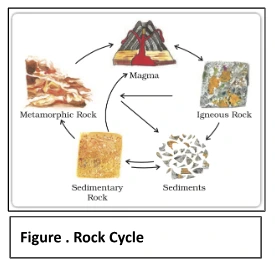
<div class="new-fform">
</div>